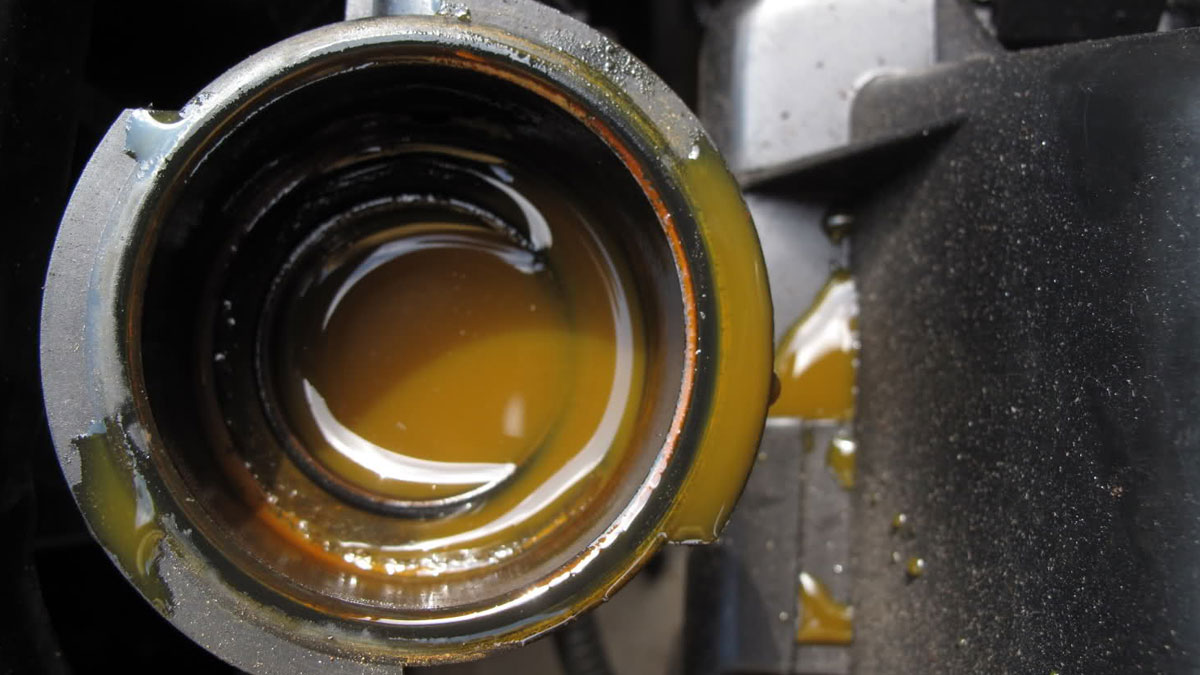When there has been a severe overheat or a problem with the head gasket, I typically observe the black substance that you see as what is left of the inside of your hoses. The one that appears to have suffered the most is the one in the overflow itself. You can find more information on how to deal with problems with the cooling system here.
Why Is There Black Sludge In My Radiator?
Because radiators are made of metal, they will eventually begin to rust. This means that rust particles will build up inside the radiator and mix with the water that flows through it, eventually forming sludge at the radiator’s bottom.
| It is one of the most curious topics of users: | How to fix brown sludge in radiator |
| After that, the second most searched topic is: | What causes black sludge in radiator |
| And with this, another curious topic: | Brown sludge in coolant reservoir |
What Does Sludgy Coolant Mean?
The only way to know for sure what’s causing the sludge in your car radiator is to perform fluid analysis. Corrosion occurs when an imbalanced coolant chemically reacts with metallic surfaces, resulting in reddish deposits that can look like slime or sludge. Low-quality coolants can also cause corrosion in the cooling system.
Note: In addition to the information we have provided in our article on black sludge in coolant reservoir, you can access the wikipedia link Here, which is another important source on the subject.
What Does Brown Sludge In Coolant Mean?
The most common cause of sludge buildup in a radiator is corrosion. Because radiators and the majority of engine parts are made of metal, antifreeze can degrade over time. As it degrades, coolant loses its protective qualities, PH levels change, and corrosion develops.
Why Is My Coolant Reservoir Tank Brown?
If your coolant has turned brown due to rust, it must be drained and the system flushed before it can be filled with fresh coolant.
How Do You Get Brown Sludge Out Of A Radiator?
Step one is to turn off the heating, step two is to spread out your towels, step three is to shut off the valves, step four is to drain the radiator, step five is to take it out and flush it, and step six is to reconnect it.
Why Does My Coolant Reservoir Have Gunk In It?
Sludge from oil and coolant mixing: In vehicles with automatic transmissions, the engine-cooling system also cools the transmission, so a leak in the system can contaminate the coolant with transmission fluid. Contaminated coolant:
What Is The Black Gunk On Radiator Cap?
Head gasket material is the black stuff that has accumulated on the radiator cap.
Why Does My Coolant Reservoir Have Sludge?
Contaminated coolant: A bad head gasket or cracked cylinder head can allow oil and coolant to mix, resulting in sludge. Mixing incompatible coolants can cause the additives to “drop out” of the solution and form radiator sludge or slime.
How Do I Remove Sludge From My Coolant System?
Step one is to park your car on level ground. Step two is to drain your radiator. Step three is to replace the drain plug. Step four is to turn on your car. Step five is to fill the cooling system. Step six is to drain your radiator. Step seven is to fill the cooling system with distilled water.
How Do You Fix Coolant Sludge?
If you notice sludge in your vehicle, you should take it to a professional for a chemical flush. Intake Manifold Gasket: When the intake manifold gasket leaks, some oil can get into the cooling system and cause sludge in the coolant. Only a chemical flush can get rid of the sludge.
How Do I Clean The Sludge Out Of My Coolant Reservoir?
You must soak the reservoir in a container containing bleach, water, and dishwashing liquid in order to remove the deeply embedded dirt. To do this, fill the container to the top with bleach, water, and dishwashing liquid.
What Is The Brown Gunk In My Coolant Reservoir?
Sludge in the radiator is typically a sign of a leaking cylinder head gasket, which if not addressed promptly can result in significant engine damage. A blown head gasket can present with a variety of symptoms.

